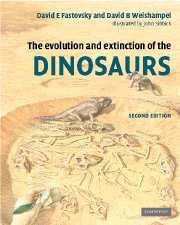
Roberto Lanza, "The Earth's Magnetism: An Introduction for Geologists"
Springer; 1 edition (2006) | ISBN:3540279792 | 278 pages | PDF | 8 Mb
Springer; 1 edition (2006) | ISBN:3540279792 | 278 pages | PDF | 8 Mb
Initially, this book reviews the general characteristics of the Earth’s magnetic field and the magnetic properties of minerals, and then proceeds to introduce the multifold applications of geomagnetism in earth sciences. The authors analyze the contribution of geomagnetism both in more general geological fields, such as tectonics and geodynamics, and in applied ones, such as prospecting and pollution. Primarily, the book is aimed at undergraduate geology or geophysics students. It is geared to provide them with a general overview of geomagnetism, allowing them to understand what contributions this branch of science can offer in the more special sectors of earth sciences. Graduate students and geology researchers will also benefit from it, as it enables them to gain a clear and concise image of the techniques which can be applied in their areas of specialization.


